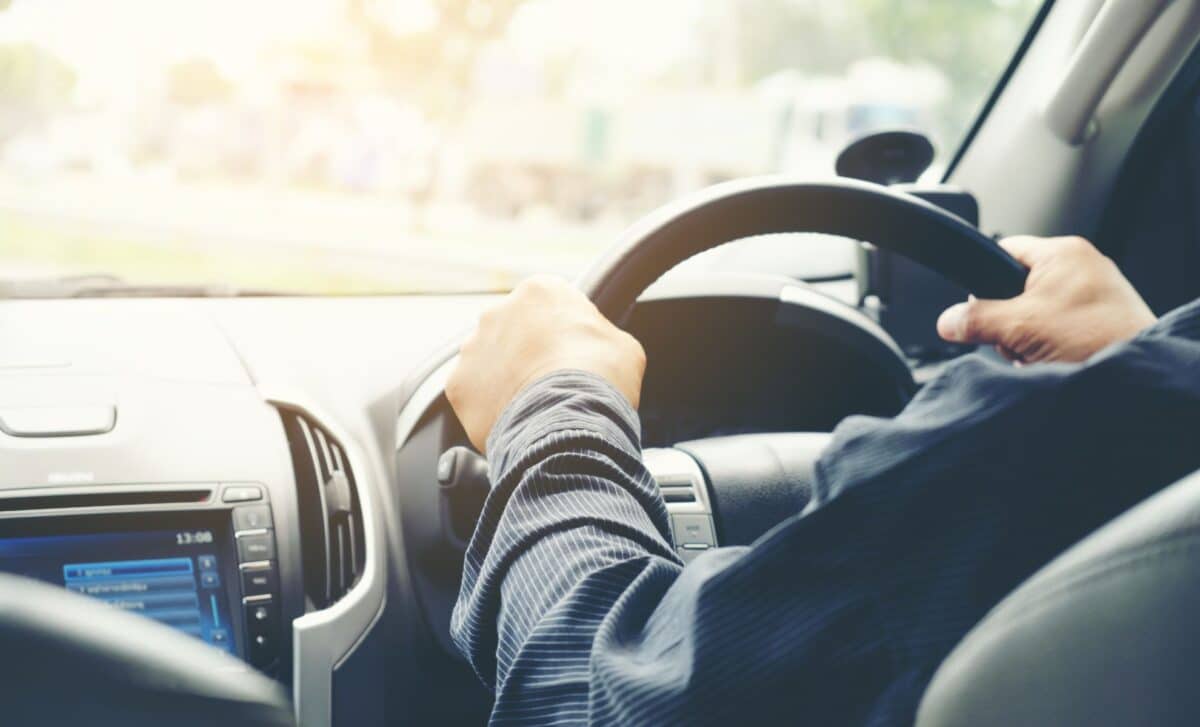From 10 June, category B drivers in the UK will be allowed to operate heavier electric and hydrogen-powered vehicles. The DVLA reforms reflect changes in vehicle technology and aim to ease the transition to cleaner transport.
More than 11 million licence holders stand to benefit from the new allowances, which include updated mass limits and expanded towing capabilities. The changes come as part of government efforts to support zero-emission adoption.
Rule Changes Reflect Shift Towards Zero-Emission Vehicles
From 10 June 2025, updated driving licence regulations will apply to all UK motorists holding a category B licence—typically issued following a standard theory and practical test.
According to the Office for Zero Emission Vehicles, drivers will be permitted to operate electric or hydrogen-powered vehicles with a maximum authorised mass (MAM) of up to 4,250kg, an increase from the existing 3,500kg limit imposed on internal combustion engine vehicles.
The change specifically addresses the heavier nature of zero-emission vehicles, which often weigh more due to battery or hydrogen fuel systems. As clarified by the UK government, this adjustment does not require any alterations to the photocard licence currently held by drivers.
The allowance is restricted to vehicles typically driven with a category B licence—cars, SUVs, vans and small trucks designed to carry no more than eight passengers.
In addition, electric and hydrogen-powered minibuses with a MAM of up to 4,250kg are now permitted for category B holders. If the vehicle includes additional equipment for disabled passengers, this limit rises to 5,000kg, provided the added weight stems directly from the installed specialist equipment.
Extended Trailer Permissions and Accessibility Provisions
Further changes to the rules include updated trailer towing allowances. According to Express, motorists may now tow trailers as long as the combined MAM of the vehicle and trailer does not exceed 7,000kg. This increase offers greater flexibility, particularly for users of electric vans and utility vehicles who may require additional cargo space.
The reforms also introduce updated weight provisions for accessible vehicles. Drivers may operate vehicles with a MAM of up to 5,000kg if they are equipped with adaptations for carrying disabled passengers.
The Office for Zero Emission Vehicles specified that the additional 750kg allowance must be “directly related to the specialist equipment installed for this purpose.” These policy updates align with broader government efforts to support low-emission transport, as vehicle manufacturers continue to develop larger zero-emission models.
By adjusting existing weight limits without requiring new tests or documentation, the DVLA aims to make electric and hydrogen vehicle use more accessible to the general driving population. The rules do not affect requirements for heavier goods vehicles, which still require a C1 or C1E licence classification.









